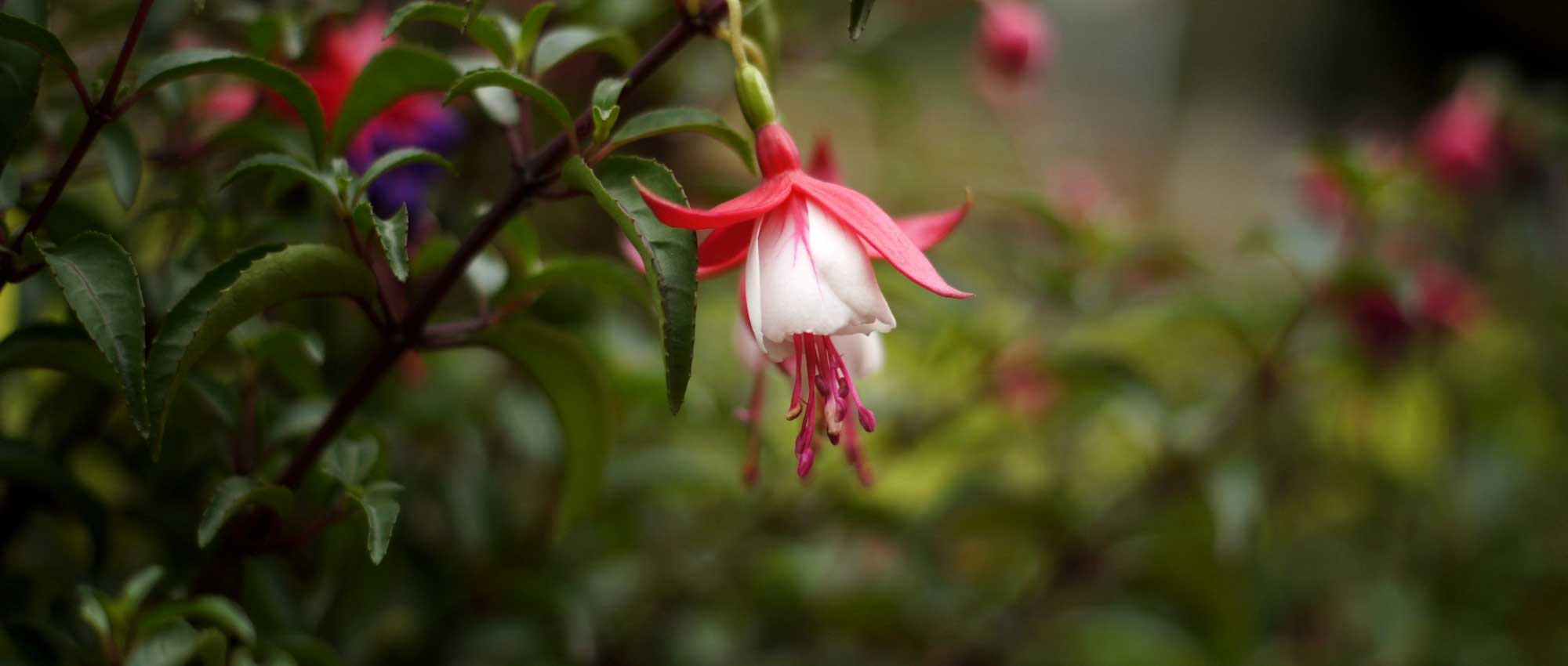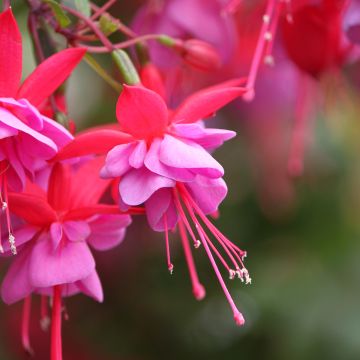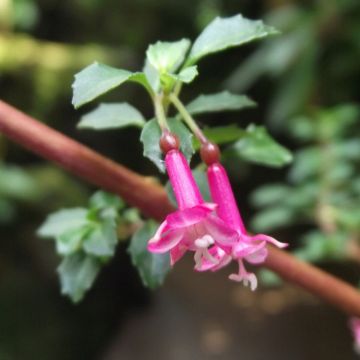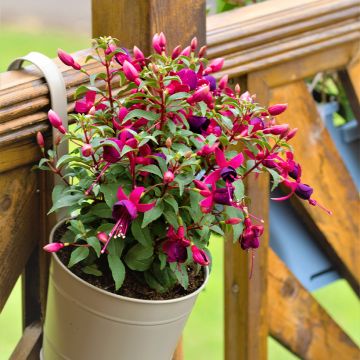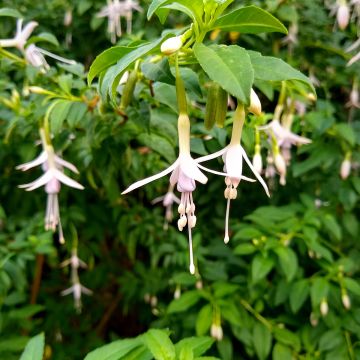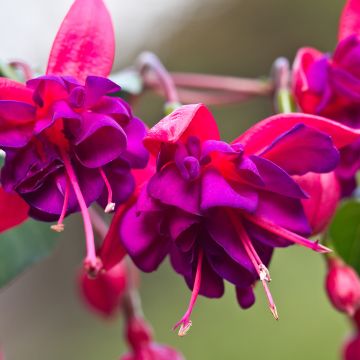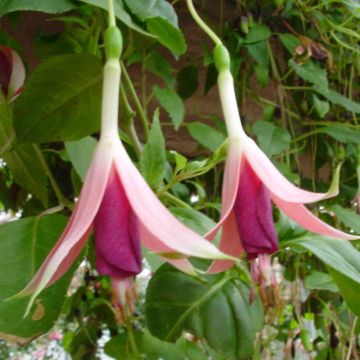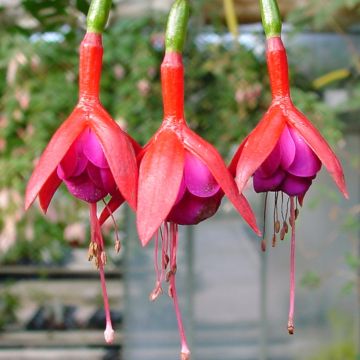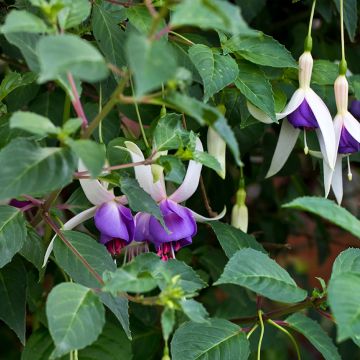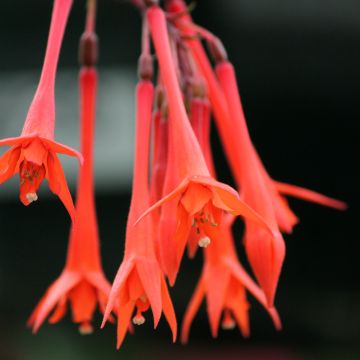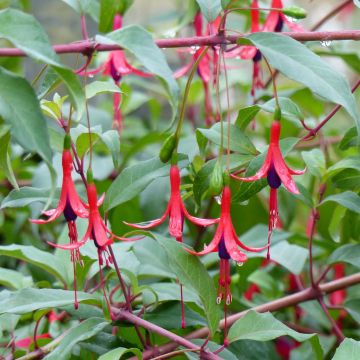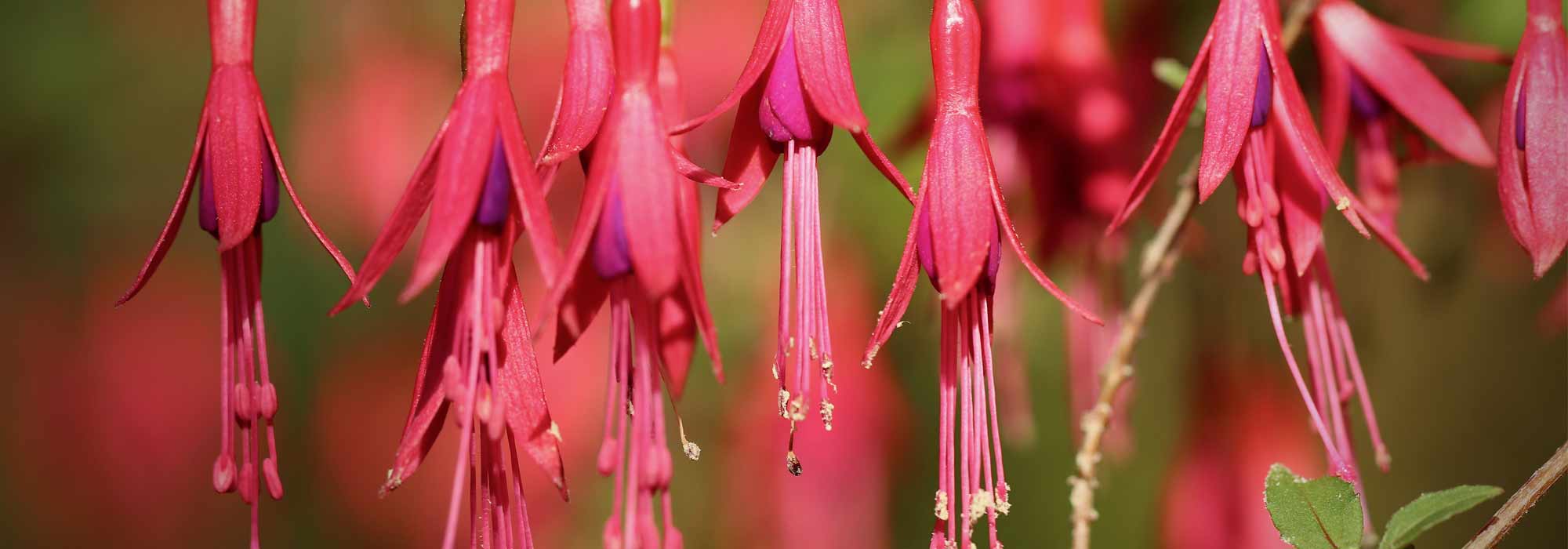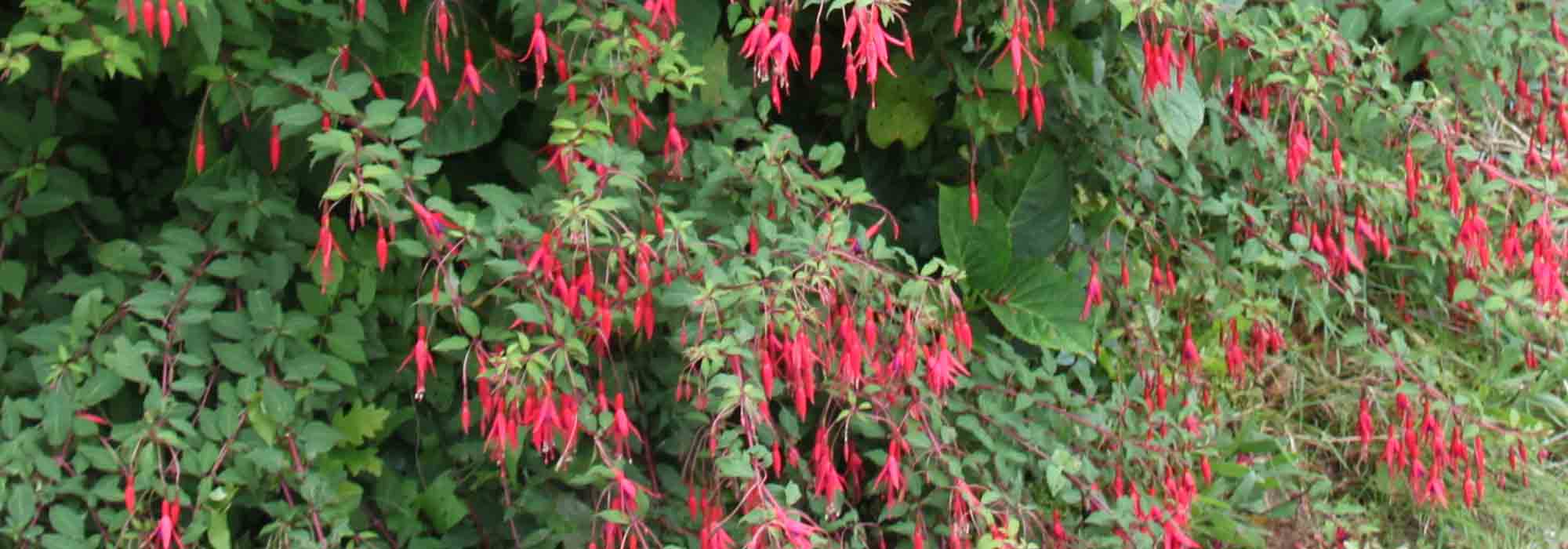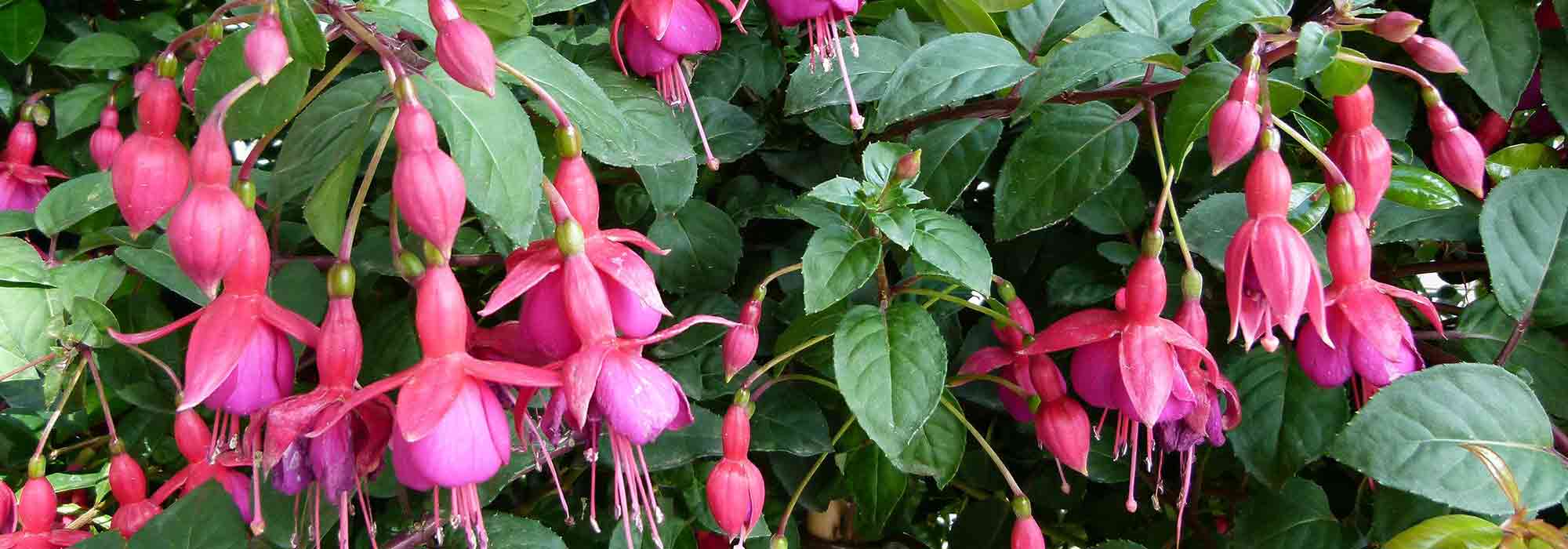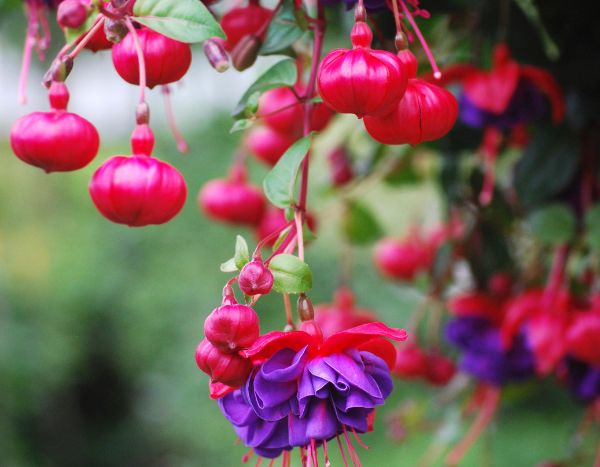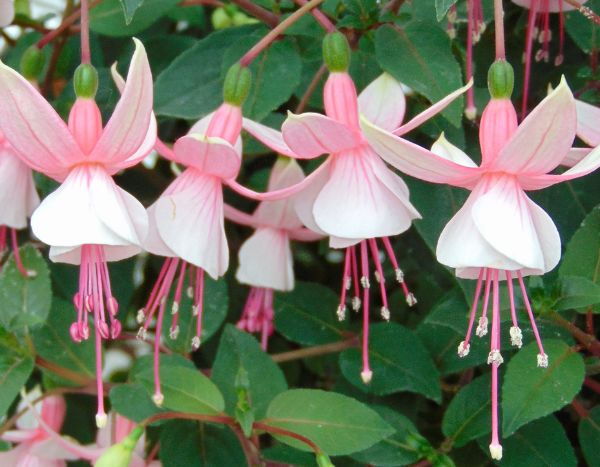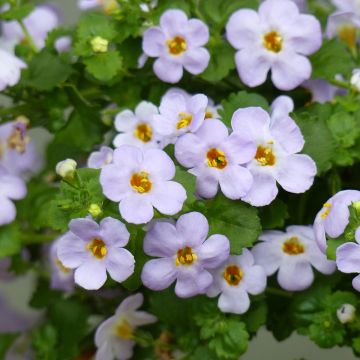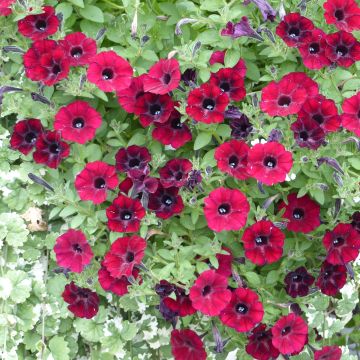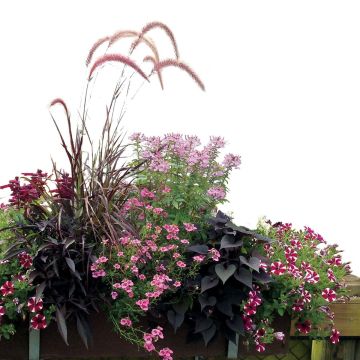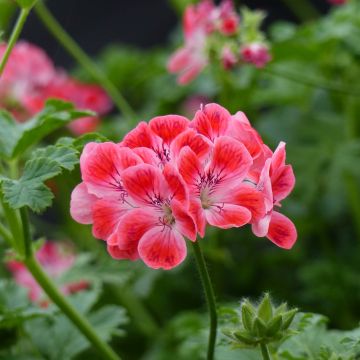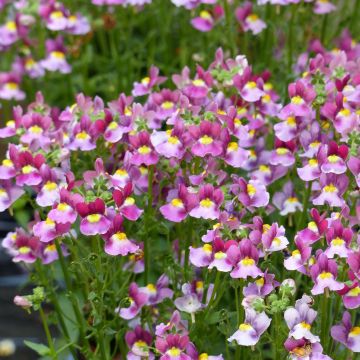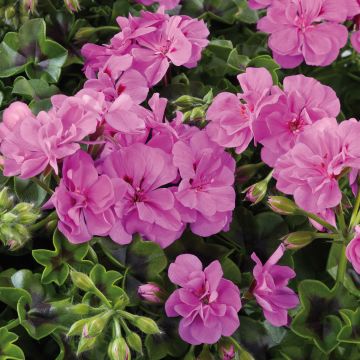

Fuchsia magellanica Riccartonii
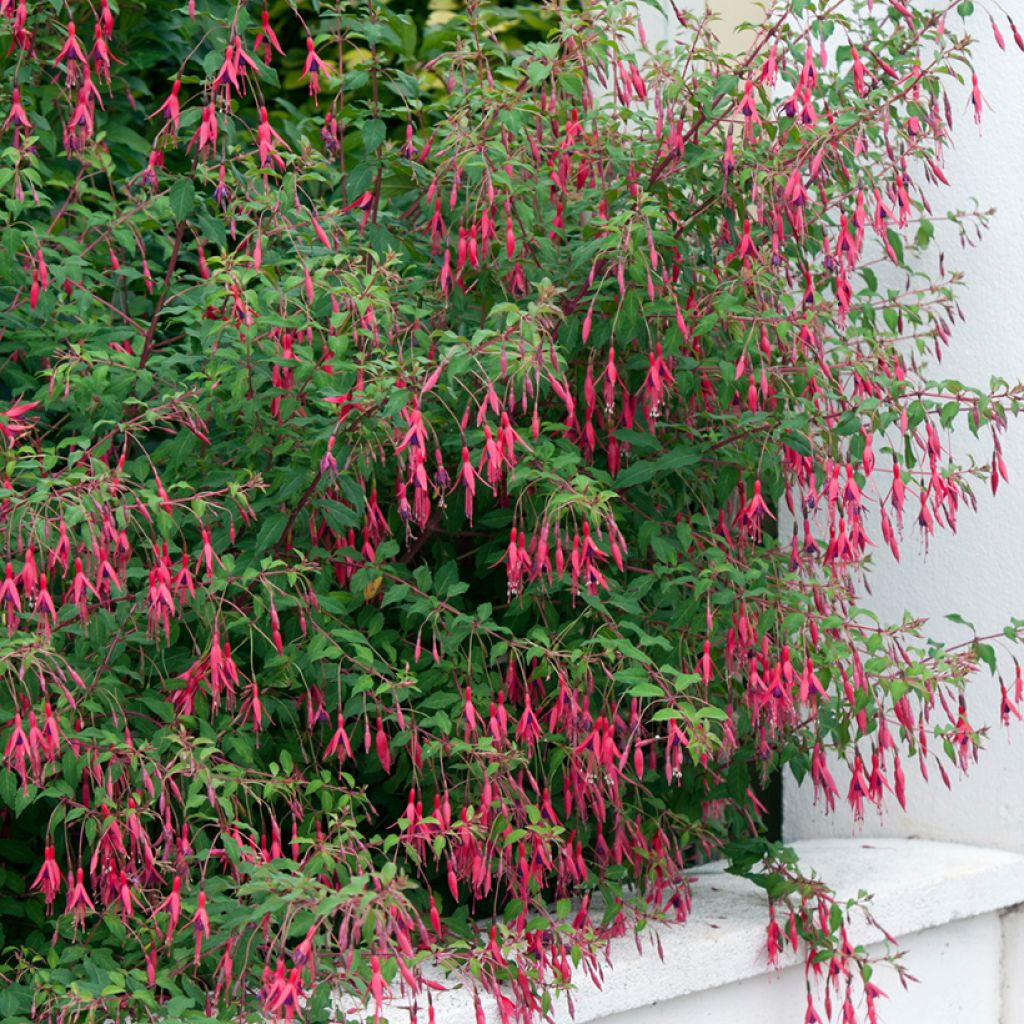

Fuchsia magellanica Riccartonii
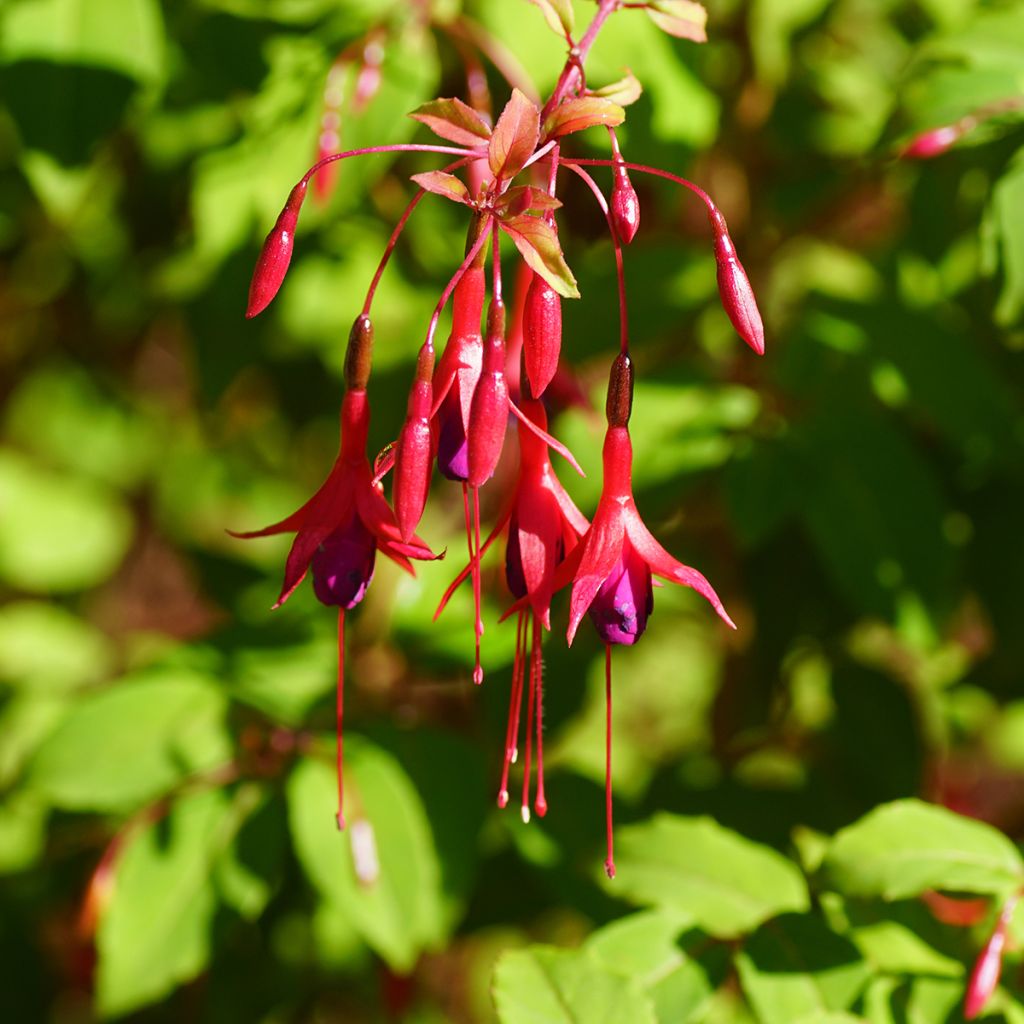

Fuchsia magellanica Riccartonii
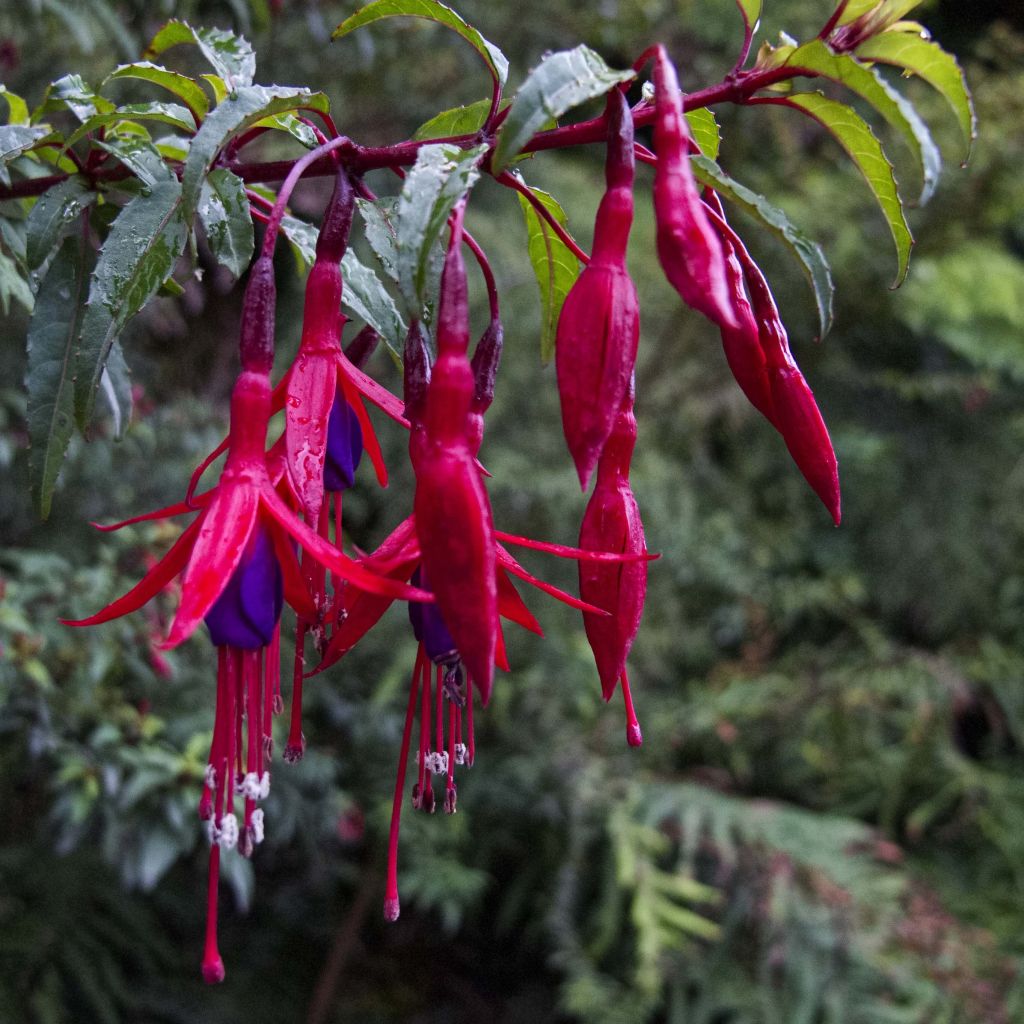

Fuchsia magellanica Riccartonii
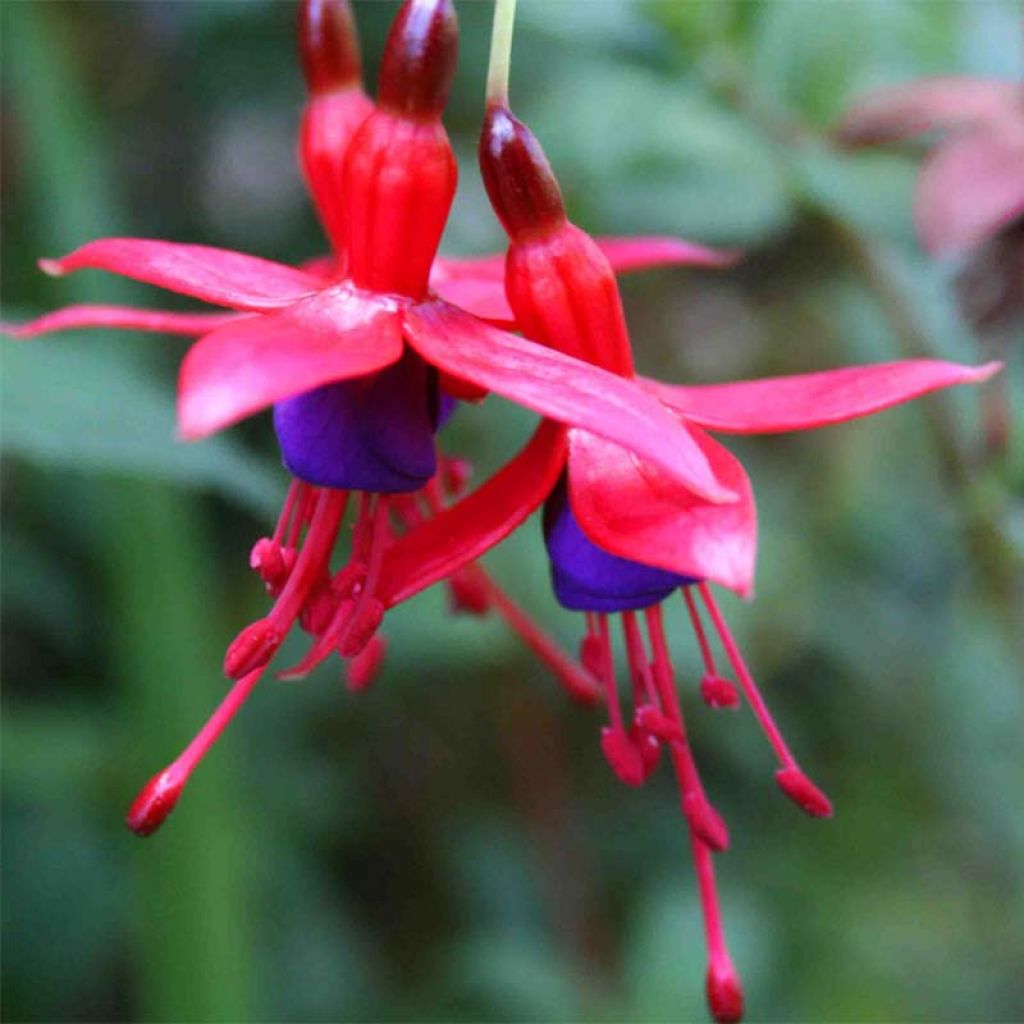

Fuchsia magellanica Riccartonii
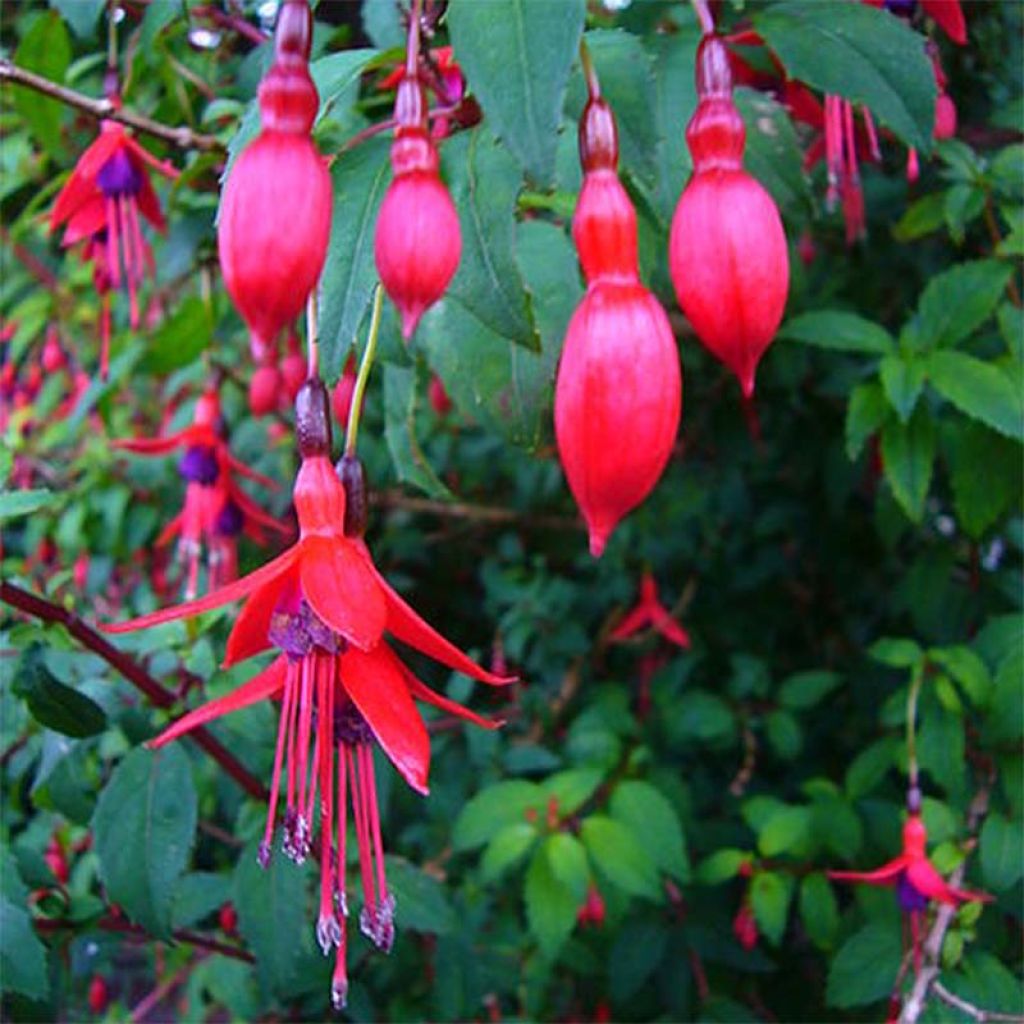

Fuchsia magellanica Riccartonii
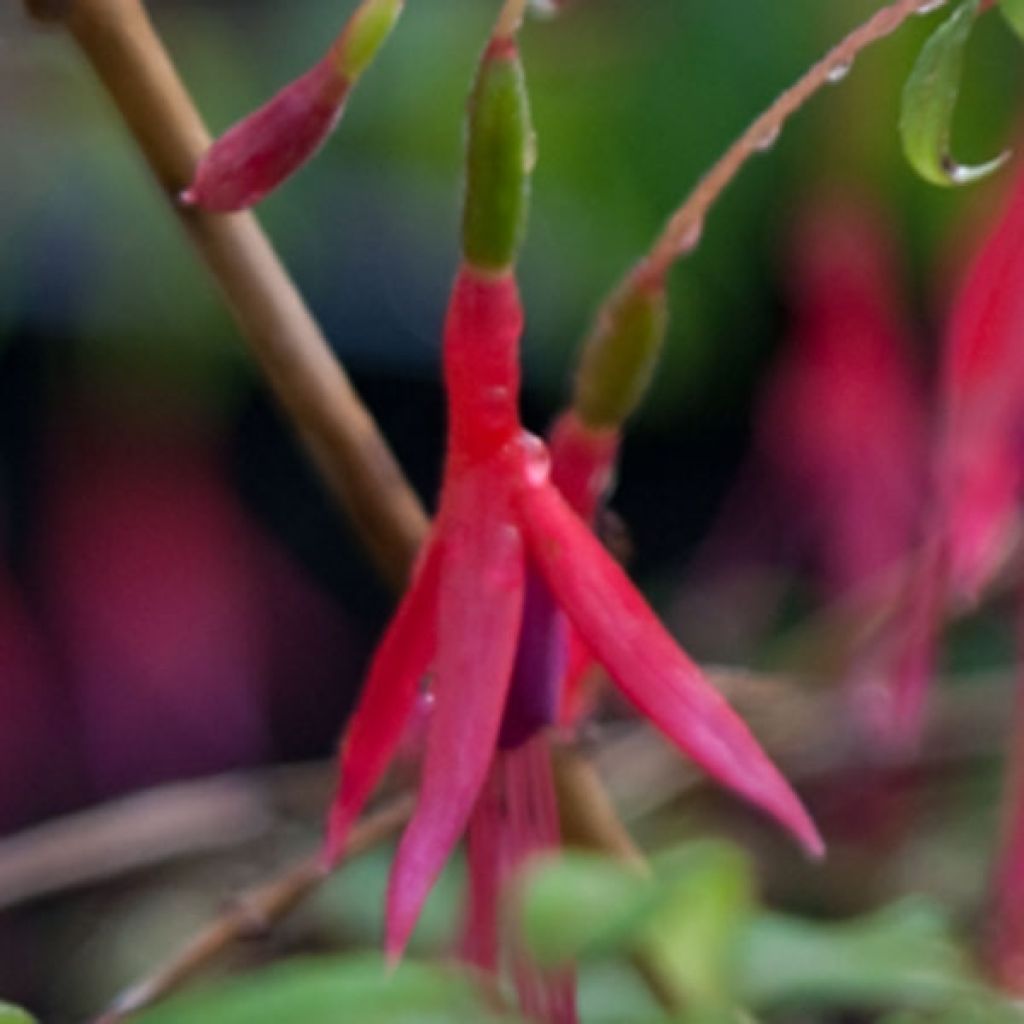

Fuchsia magellanica Riccartonii
View more pictures
Hide images
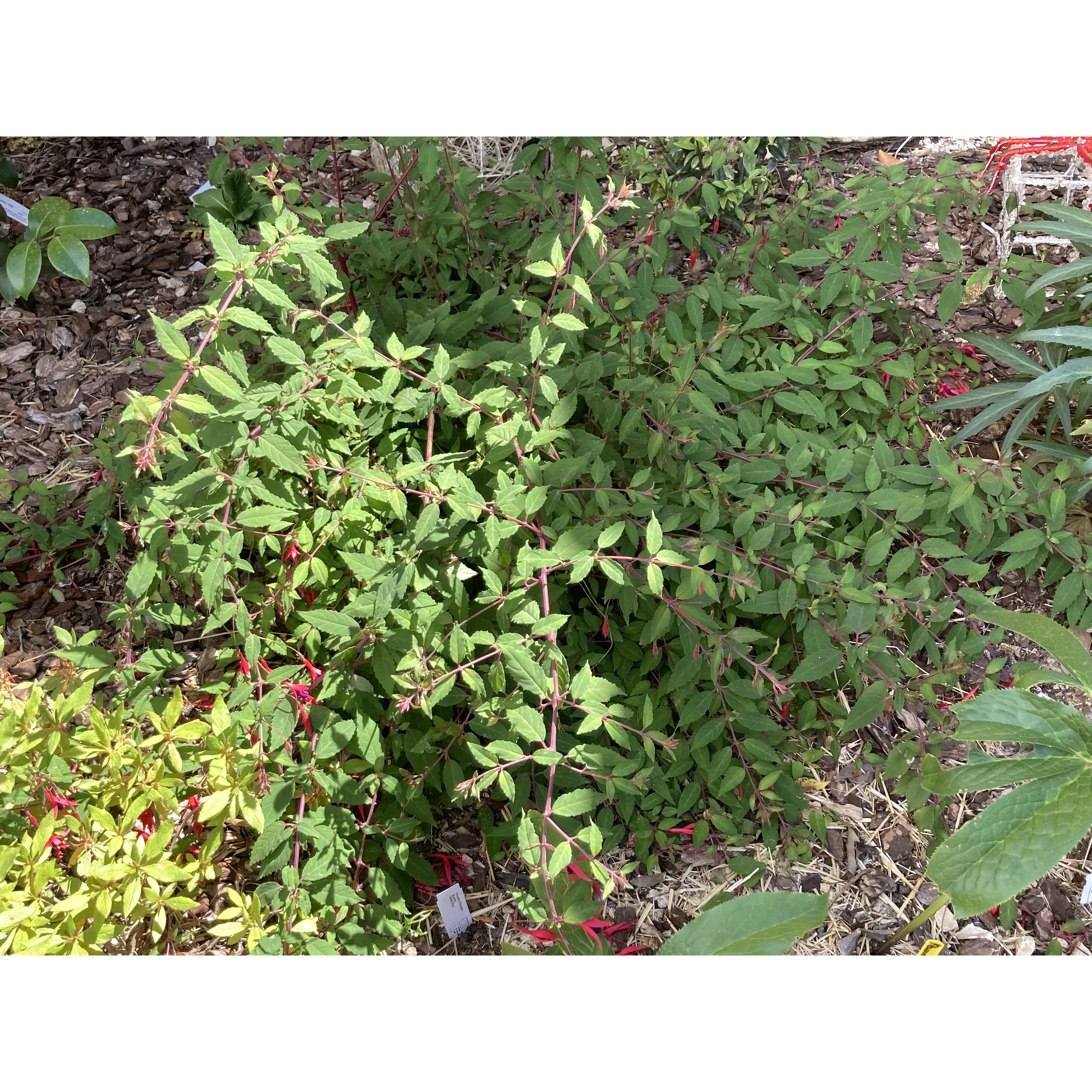
Sophie D.

Fuchsia magellanica Riccartonii
Sophie D. • 13 FR
Fuchsia magellanica Riccartonii
Fuchsia magellanica Riccartonii
Hummingbird Fuchsia, Hardy Fuchsia, Chilco
It has recovered very well. And, as always, the plants are well packaged and not damaged during transport.
Martine, 03/09/2025
Special offer!
Receive a €20 voucher for any order over €90 (excluding delivery costs, credit notes, and plastic-free options)!
1- Add your favorite plants to your cart.
2- Once you have reached €90, confirm your order (you can even choose the delivery date!).
3- As soon as your order is shipped, you will receive an email containing your voucher code, valid for 3 months (90 days).
Your voucher is unique and can only be used once, for any order with a minimum value of €20, excluding delivery costs.
Can be combined with other current offers, non-divisible and non-refundable.
Home or relay delivery (depending on size and destination)
Schedule delivery date,
and select date in basket
This plant carries a 24 months recovery warranty
More information
We guarantee the quality of our plants for a full growing cycle, and will replace at our expense any plant that fails to recover under normal climatic and planting conditions.

Would this plant suit my garden?
Set up your Plantfit profile →
Description
The Fuchsia magellanica Riccartonii, also known as Magellan Fuchsia, is the hardiest of all fuchsias, it easily withstands temperatures as low as -10, or even -15°C in a sheltered position. Its very bushy habit is accompanied by a multitude of small bicoloured bell-shaped flowers, in red and violet, of incredible delicacy, resembling small dancing fairies sheltered by a beautiful green foliage. This enchanting shrub blooms throughout the summer, sometimes even until November if the weather permits. Plant it at the back of flower beds or among hydrangeas, preferably in light shade with a cool and light soil. This wonderful variety easily survives cold winters by regrowing from the base in spring.
The Fuchsia magellanica Riccartonii, which owes its species name to the Strait of Magellan, its region of origin, is a shrub in the evening primrose family. Well adapted to temperate climates, the Magellan fuchsia is occasionally naturalised on dunes. Preferring non-chalky soils, it perfectly tolerates coastal conditions.
This variety, 'Riccartonii', was obtained in Scotland around 1830 by a gardener named Young. It is more cold-resistant than the original type. The shrub has an upright habit, but produces multiple gracefully trailing stems. Its growth is fast, it can reach a height of 1.20 m (3 in 11 ft) with a width of 60-70 cm in fertile, cool, but well-drained soil. In very mild regions, this fuchsia will be semi-evergreen and behave like a woody climbing stem: it can reach a height of over 2 m. Its oval and elliptical leaves are shiny, with a vibrant green colour. They provide a beautiful background for the flowers. These flowers are numerous, very delicate and light, and generously bloom throughout the summer. Shaped like 3 cm (1.2 in) long bells, they hang in the axils of the leaves, swaying in the wind. They are composed of a long fleshy calyx with four pointed sepals of vibrant fuchsia red, in which a purple-violet corolla is embedded. From it emerges long red stamens. The plant produces small, black, edible fruits after being visited by bumblebees and large bees during flowering.
The Fuchsia magellanica Riccartonii is a shrub that deserves more attention than it currently receives. Its colourful and delicate flowers are a sight to behold, and it's important not to overcrowd them with other flowers that may detract from their beauty. It can be enhanced by foliage plants with similar growing requirements, such as hydrangeas, acteas, rodgersias, or hostas.Depending on the size of your garden, this shrub can be placed in the background or in the middle of flower beds, providing a graceful backdrop. It also works as a base for flower beds in shade or semi-shade, adding bright colours to your garden.
If you choose to grow it in a pot, to prolong the flowering period, simply bring it indoors to a greenhouse or conservatory before the first frosts.
Fuchsia magellanica Riccartonii in pictures
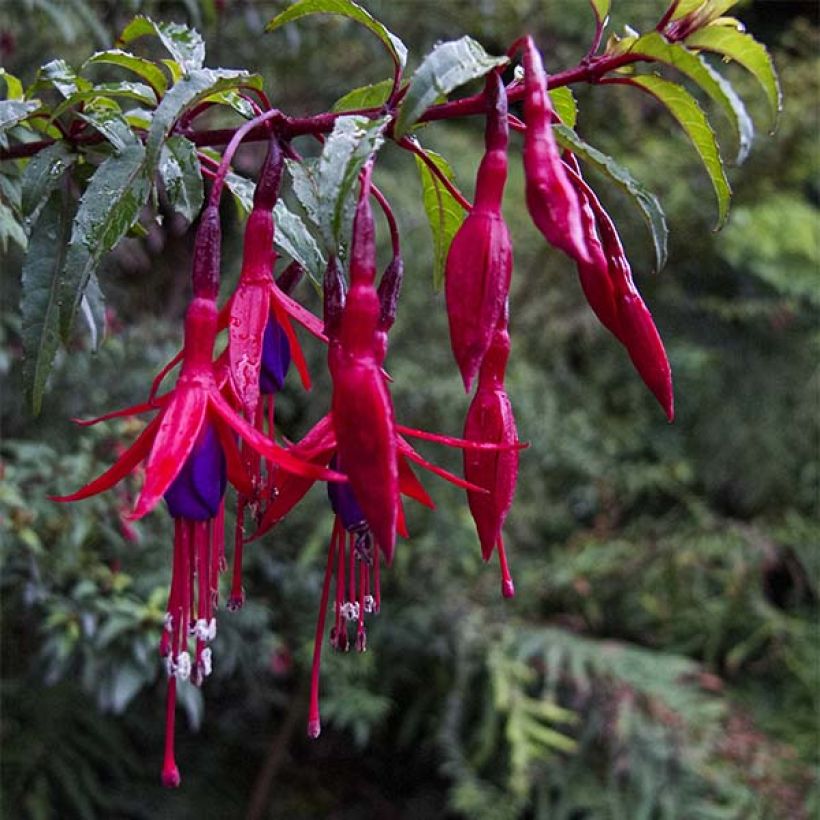

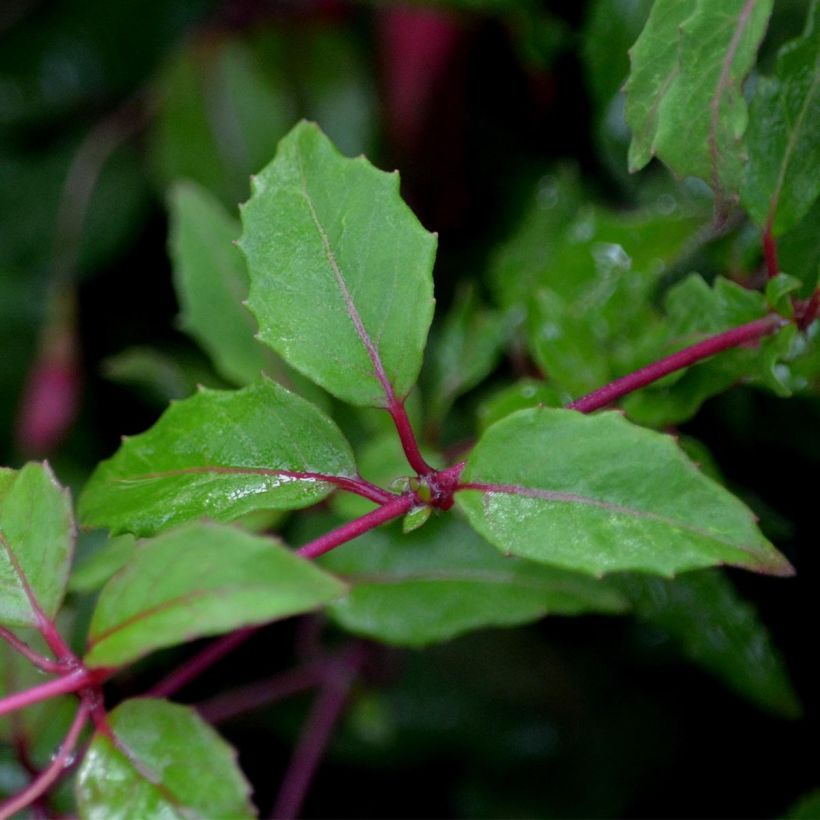

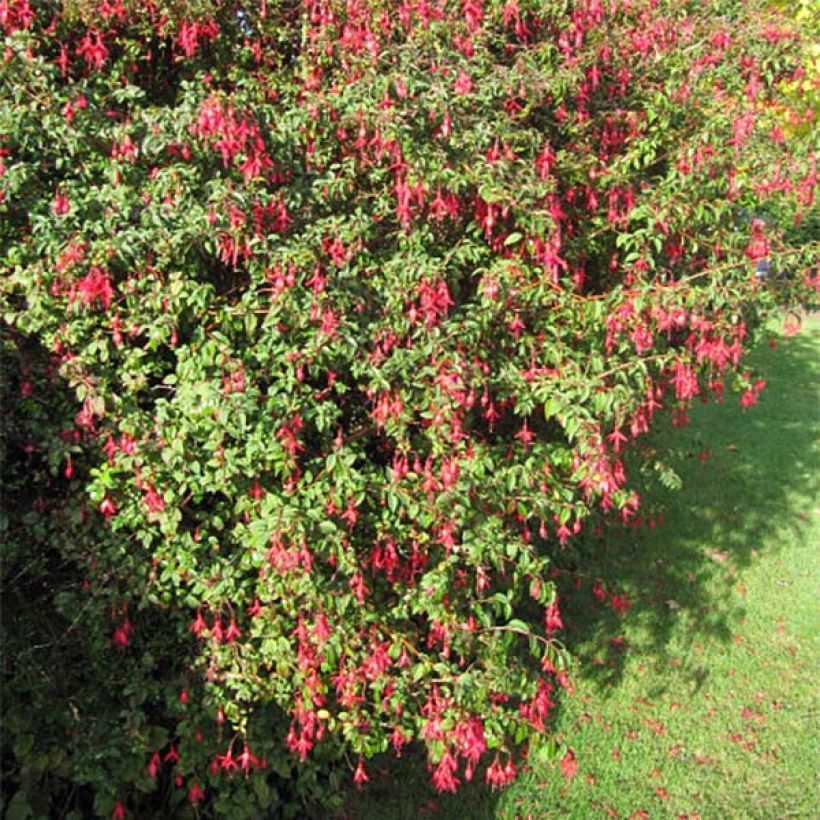

Plant habit
Flowering
Foliage
Botanical data
Fuchsia
magellanica
Riccartonii
Onagraceae
Hummingbird Fuchsia, Hardy Fuchsia, Chilco
South America
Other Fuchsia
View all →Planting and care
For best results, plant the Fuchsia magellanica Riccartonii in well-drained soil to help the root ball become more robust. During planting, it's recommended to add compost and potting soil. You can refresh the compost in spring. It's important to avoid planting in limestone soils. Ensure that you water the bush thoroughly during the first year. In subsequent years, only water it if there's a severe summer drought, as the Riccartonii fuchsia requires minimal maintenance. To survive the winter, it's advisable to prune the plant very shortly before the first frost and protect the base with dead leaves or straw held in place by horticultural fleece. In other areas, the fuchsia should be pruned by removing old wood at the beginning of spring.
Planting period
Intended location
Care
Planting & care advice
-
, onOrder confirmed
Reply from on Promesse de fleurs
Similar products
Haven't found what you were looking for?
Hardiness is the lowest winter temperature a plant can endure without suffering serious damage or even dying. However, hardiness is affected by location (a sheltered area, such as a patio), protection (winter cover) and soil type (hardiness is improved by well-drained soil).

Photo Sharing Terms & Conditions
In order to encourage gardeners to interact and share their experiences, Promesse de fleurs offers various media enabling content to be uploaded onto its Site - in particular via the ‘Photo sharing’ module.
The User agrees to refrain from:
- Posting any content that is illegal, prejudicial, insulting, racist, inciteful to hatred, revisionist, contrary to public decency, that infringes on privacy or on the privacy rights of third parties, in particular the publicity rights of persons and goods, intellectual property rights, or the right to privacy.
- Submitting content on behalf of a third party;
- Impersonate the identity of a third party and/or publish any personal information about a third party;
In general, the User undertakes to refrain from any unethical behaviour.
All Content (in particular text, comments, files, images, photos, videos, creative works, etc.), which may be subject to property or intellectual property rights, image or other private rights, shall remain the property of the User, subject to the limited rights granted by the terms of the licence granted by Promesse de fleurs as stated below. Users are at liberty to publish or not to publish such Content on the Site, notably via the ‘Photo Sharing’ facility, and accept that this Content shall be made public and freely accessible, notably on the Internet.
Users further acknowledge, undertake to have ,and guarantee that they hold all necessary rights and permissions to publish such material on the Site, in particular with regard to the legislation in force pertaining to any privacy, property, intellectual property, image, or contractual rights, or rights of any other nature. By publishing such Content on the Site, Users acknowledge accepting full liability as publishers of the Content within the meaning of the law, and grant Promesse de fleurs, free of charge, an inclusive, worldwide licence for the said Content for the entire duration of its publication, including all reproduction, representation, up/downloading, displaying, performing, transmission, and storage rights.
Users also grant permission for their name to be linked to the Content and accept that this link may not always be made available.
By engaging in posting material, Users consent to their Content becoming automatically accessible on the Internet, in particular on other sites and/or blogs and/or web pages of the Promesse de fleurs site, including in particular social pages and the Promesse de fleurs catalogue.
Users may secure the removal of entrusted content free of charge by issuing a simple request via our contact form.
The flowering period indicated on our website applies to countries and regions located in USDA zone 8 (France, the United Kingdom, Ireland, the Netherlands, etc.)
It will vary according to where you live:
- In zones 9 to 10 (Italy, Spain, Greece, etc.), flowering will occur about 2 to 4 weeks earlier.
- In zones 6 to 7 (Germany, Poland, Slovenia, and lower mountainous regions), flowering will be delayed by 2 to 3 weeks.
- In zone 5 (Central Europe, Scandinavia), blooming will be delayed by 3 to 5 weeks.
In temperate climates, pruning of spring-flowering shrubs (forsythia, spireas, etc.) should be done just after flowering.
Pruning of summer-flowering shrubs (Indian Lilac, Perovskia, etc.) can be done in winter or spring.
In cold regions as well as with frost-sensitive plants, avoid pruning too early when severe frosts may still occur.
The planting period indicated on our website applies to countries and regions located in USDA zone 8 (France, United Kingdom, Ireland, Netherlands).
It will vary according to where you live:
- In Mediterranean zones (Marseille, Madrid, Milan, etc.), autumn and winter are the best planting periods.
- In continental zones (Strasbourg, Munich, Vienna, etc.), delay planting by 2 to 3 weeks in spring and bring it forward by 2 to 4 weeks in autumn.
- In mountainous regions (the Alps, Pyrenees, Carpathians, etc.), it is best to plant in late spring (May-June) or late summer (August-September).
The harvesting period indicated on our website applies to countries and regions in USDA zone 8 (France, England, Ireland, the Netherlands).
In colder areas (Scandinavia, Poland, Austria...) fruit and vegetable harvests are likely to be delayed by 3-4 weeks.
In warmer areas (Italy, Spain, Greece, etc.), harvesting will probably take place earlier, depending on weather conditions.
The sowing periods indicated on our website apply to countries and regions within USDA Zone 8 (France, UK, Ireland, Netherlands).
In colder areas (Scandinavia, Poland, Austria...), delay any outdoor sowing by 3-4 weeks, or sow under glass.
In warmer climes (Italy, Spain, Greece, etc.), bring outdoor sowing forward by a few weeks.






























